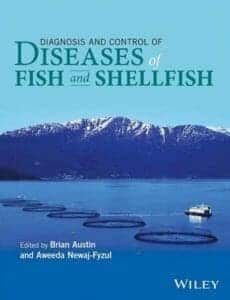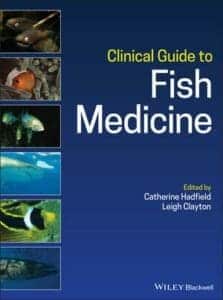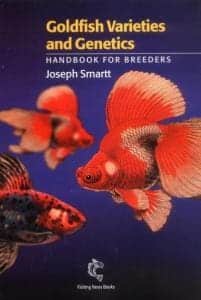Laboratory Fish in Biomedical Research, Biology, Husbandry and Research Applications for Zebrafish

By Samuel Cartner, Judith Eisen, Susan Farmer, Karen Guillemin, Michael Kent and George Sanders
Laboratory Fish in Biomedical Research, Biology, Husbandry and Research Applications for Zebrafish PDF. Fish, and particularly zebrafish, have become the fastest-growing segment of the research population. They offer several advantages, in terms of biology and technologies to apply, and thus are employed in numerous research fields. Laboratory Fish in Biomedical Research: Biology, Husbandry and Research Applications for Zebrafish, Medaka, Killifish, Swordtail Fish, Cavefish, Stickleback, Goldfish and Danionella Translucida addresses the relevant and increasing need to collect cutting-edge knowledge on husbandry, maintenance, welfare and experimental protocols of the most common freshwater species under standard laboratory conditions.
- Provides husbandry and management protocols, devices and water systems
- Shows strength and weakness of breeding
- Explores potential scientific applications and experimental protocols. with regards to the most used freshwater fish used for scientific purposes
Read more: Clinical Guide to Fish Medicine
| File Size | 22 MB |
| File Format | |
| Download link | Free Download | Become a Premium, Lifetime Deal |
| Support & Updates | Contact Us | Broken Link |
| Join Our Telegram Channel |  |
| More Books: | Browse All Categories |













![Ettinger’s Textbook of Veterinary Internal Medicine 9th Edition [PDF+Videos] Ettinger’s Textbook of Veterinary Internal Medicine 9th Edition [True PDF+Videos]](https://www.vet-ebooks.com/wp-content/uploads/2024/10/ettingers-textbook-of-veterinary-internal-medicine-9th-edition-100x70.jpg)

![Textbook of Veterinary Diagnostic Radiology 8th Edition [PDF+Videos+Quizzes] Thrall’s Textbook of Veterinary Diagnostic Radiology, 8th edition PDF](https://www.vet-ebooks.com/wp-content/uploads/2019/09/textbook-of-veterinary-diagnostic-radiology-8th-edition-100x70.jpg)






